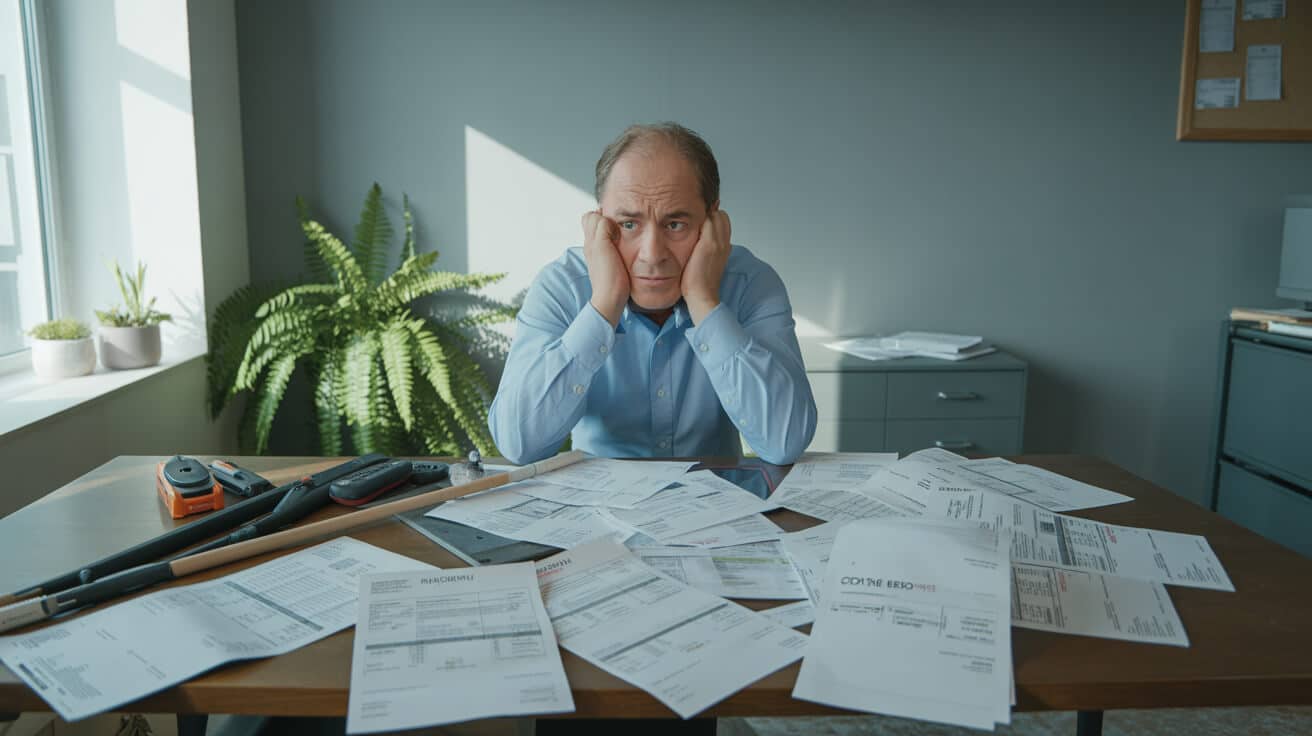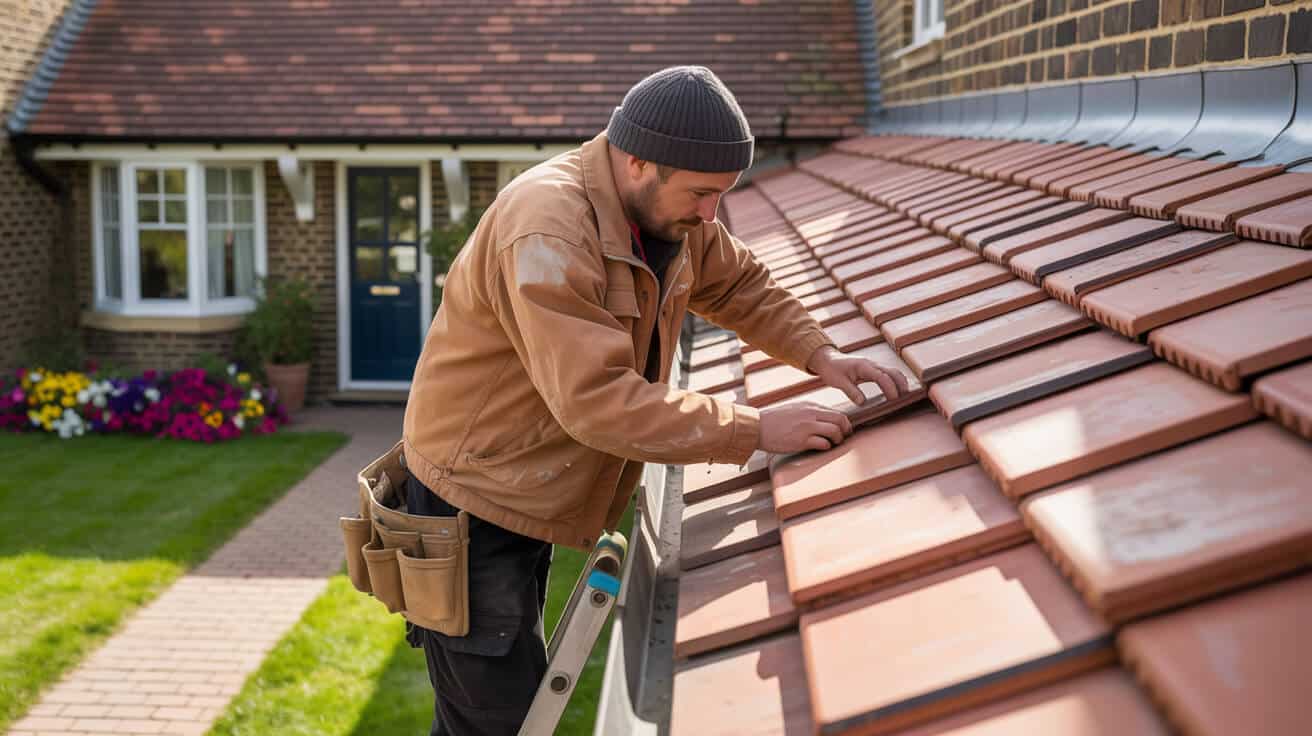 A Guide To Flooring And Carpet Care To Protect Your Investment
A Guide To Flooring And Carpet Care To Protect Your Investment
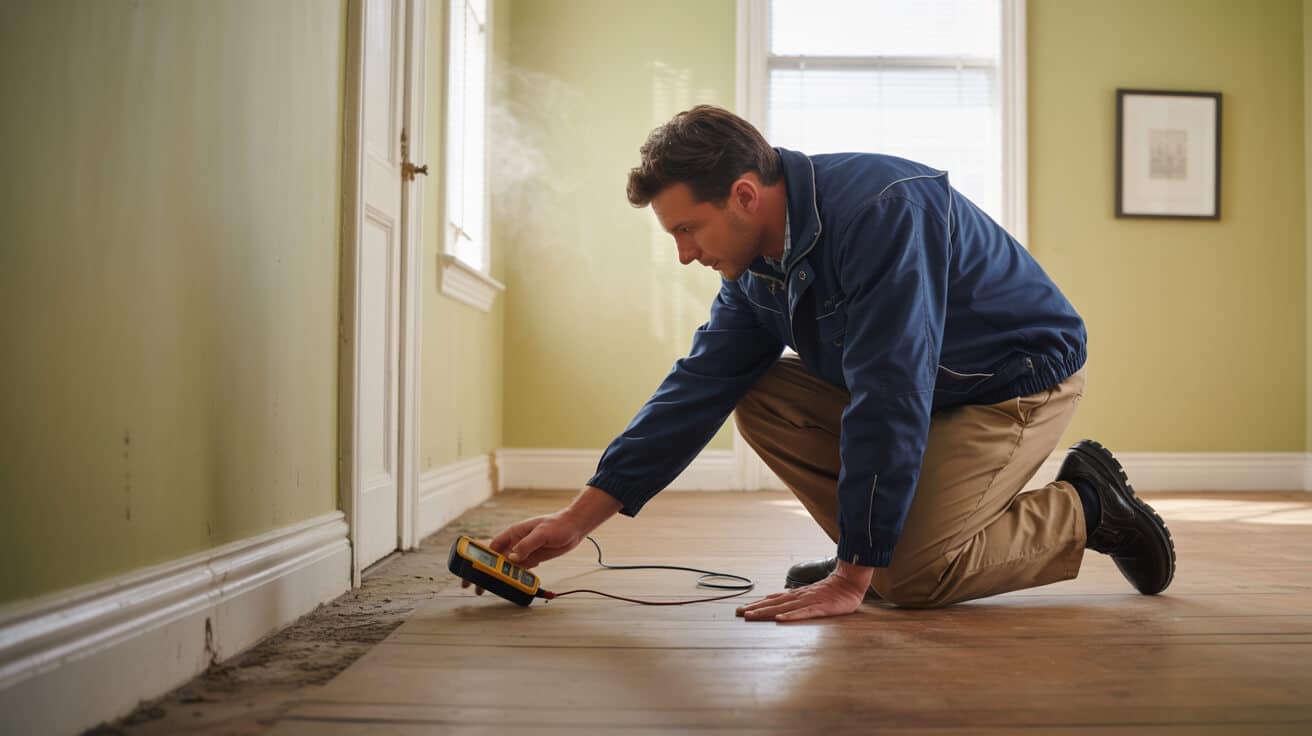
Does Ignoring Floor and Carpet Care Really Cost You More Than You Think?
You know the feeling: you walk into a property and the floor, not the ceiling, is the first thing that tells you if the place is respected or neglected. Here’s the truth—floors aren’t cosmetic or “nice-to-haves.” The state of your flooring and carpets is where investment protection, reputation, and real-world compliance collide. Let things slip, even for a few months, and the hidden toll can be staggering: asset value erodes, hidden health hazards creep in, and future costs quietly multiply.
Your floor won’t shout—but the bill will, eventually.
For property owners, facilities managers, and contractors, it’s not about fussing for the sake of it. Missed cleaning, poor maintenance, or overlooking early signs of damage directly leads to lost deposits, insurance claim denials, or “unsellable” spaces. Carpet fibres can hold up to eight times their weight in soil and allergen particles—so anyone “eyeballing” cleanliness is playing with reputational fire (asthmaandlung.org.uk, ncca.co.uk).
It gets bigger: the first thing a tenant, buyer, or inspector checks is the floor. Dull patches, odours, or damp—these aren’t just eyesores, they are silent red flags that drag down perceived value and can tank compliance checks. On the positive side, a well-kept floor is cited among the top five factors influencing fast rental or sale (homehow.co.uk; flooringfirst.co.uk). Ignore this, and you create instant friction, longer vacancies, and price drops.
If you want to quantify it: neglecting floor care can knock off up to 30% of a property’s value at let or sale (mydeposits.co.uk). Let one serious carpet or flooring issue slide, and deals stall—or compliance auditors take a long, critical look. This is why flooring, more than almost any other “surface,” deserves your highest priority.
Where Are Hidden Risks Lurking in Your Floors and Carpets?
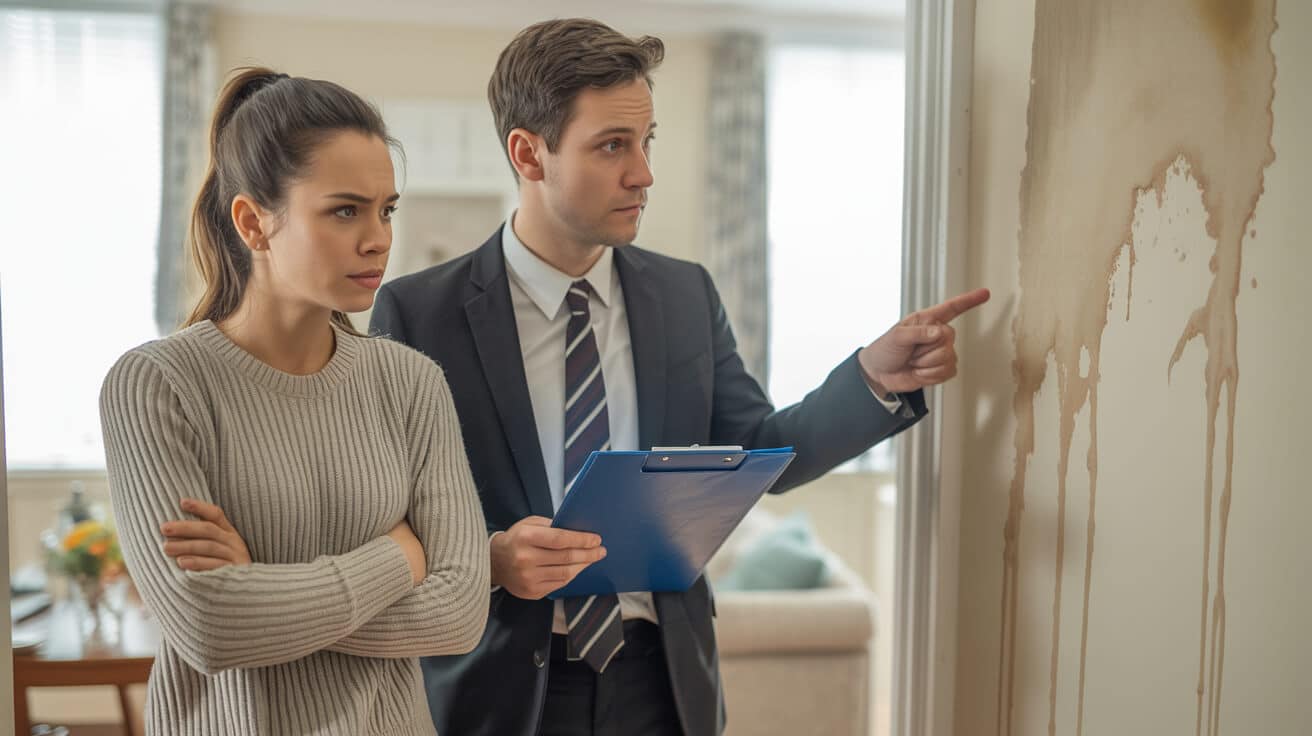
Most property damage is sneaky, not dramatic. Forget the Hollywood flood or roaring fire. For professionals, day-to-day wear and invisible build-up do most of the harm—costing far more over years than any single headline event. Think about every “minor” scuff, every unaddressed bit of grit, every bit of moisture that creeps in underneath. That’s how silent but expensive risks tighten their grip without you noticing—until it’s too late.
Small, ignored problems become big, expensive ones—nearly always underfoot.
Traffic Zones: Entryways and Corridors
Your front door, hallways, and any “main drag” get hit with double or triple the footfall of other zones. If you lose discipline here, mats wear thin, debris gets walked in, and wear accelerates, chewing through finishes months (or years) earlier than you budgeted (which.co.uk). Repairs here cost more, and deterioration is both rapid and very visible.
Moisture and Damp: Invisible Until It’s Expensive
Slow leaks, condensation, or humidity rising from below? You may not spot these for weeks. By the time a stain or odour appears, the cost to repair—or the pushback from a tenant—has multiplied. Delaying remediation of damp can triple your repair costs in under half a year (myhomeweekly.com).
End-of-Tenancy Traps: The Deposit Vampire
Letting agents report that over 40% of failed move-outs link directly to flooring or carpet issues (lettingagenttoday.co.uk). Even minor stains or “well-worn” patches create friction, contested costs, and lose you goodwill with both tenants and agencies.
Air Quality and the Hidden Health Penalty
You don’t see it, but tenants and staff breathe it. Old carpets trap allergens, pollen, mites, and even bacteria. Skip scheduled cleaning, and suddenly you’re facing everything from respiratory complaints to escalating property management costs and regulator scrutiny (ncca.co.uk).
routine maintenance isn’t just box-ticking—it’s insurance against compounding losses you can’t see, but will always pay for.
What Core Practices Safeguard Your Floors and Reputation Long-Term?
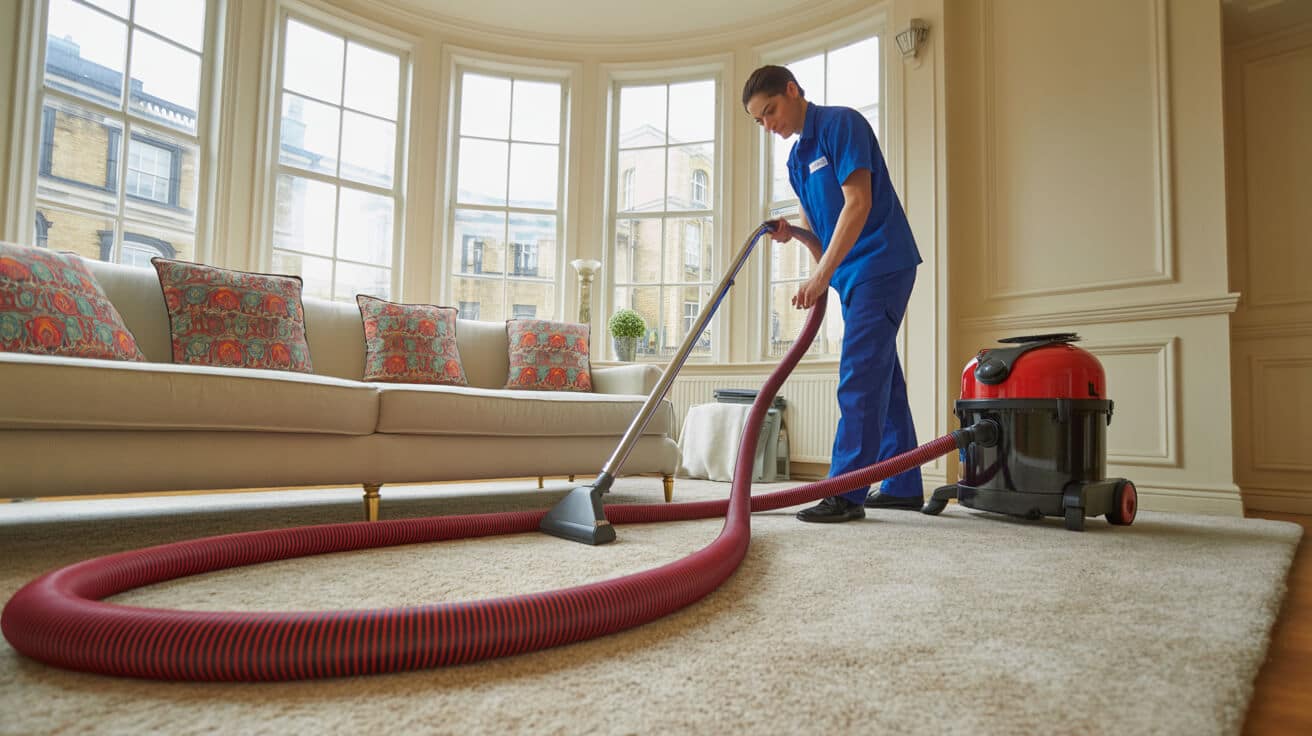
Whether you oversee a single high-end flat or a portfolio of mixed-use buildings, protecting your floors comes down to three things: habit, know-how, and a little bit of discipline. Overcomplicate it, and you’ll stall. Skip it, and you’ll pay.
A routine is cheaper than an emergency—and easier for your team to deliver consistently.
Non-Negotiables for Preventing Damage
- Vacuum religiously in high-traffic zones: —preferably daily where possible. This isn’t window-dressing. It strips out the sand and grit that etch surfaces ([ncca.co.uk](https://ncca.co.uk/maintenance-guidance/)).
- Tackle spills immediately: Blot, don’t rub. Pushing a spill deeper turns a quick fix into a permanent stain ([safeclean.co.uk](https://www.safeclean.co.uk/articles/prevent-stains-carpet/?utm_source=openai)).
- Calibrate your deep cleans: Kitchens, corridors, and entry areas need quarterly pro cleaning; bedrooms and low-use areas, annually.
- Use the right product for the right floor—every time: Generic “one product does all” fluids void warranties and trigger loss-of-claim headaches. Check with manufacturers or stick to NCCA-approved products ([cleanlink.com](https://www.cleanlink.com/news/article/Floor-Chemical-Reaction-Causes-Coloured-Carpet–16253)).
- Allergy-prone or commercial? High-filtration vacuums are an automatic win: ([britishallergyfoundation.org](https://www.allergyuk.org/resources/vacuum-cleaner-advice/)).
Inspections and Accountability: Your Secret Weapons
Just doing a simple monthly or quarterly walkthrough, focusing on corners, transitions, and under heavy items, spotlights problems before they spiral. Modern managers use photo logs that not only settle disputes faster but can also make the difference during insurance or compliance reviews (propertymark.co.uk).
Keep maintenance regular, and you’ll transform your floors from weak link to bulletproof asset.
What Specific Steps Protect Hard Floors from Lasting Damage?
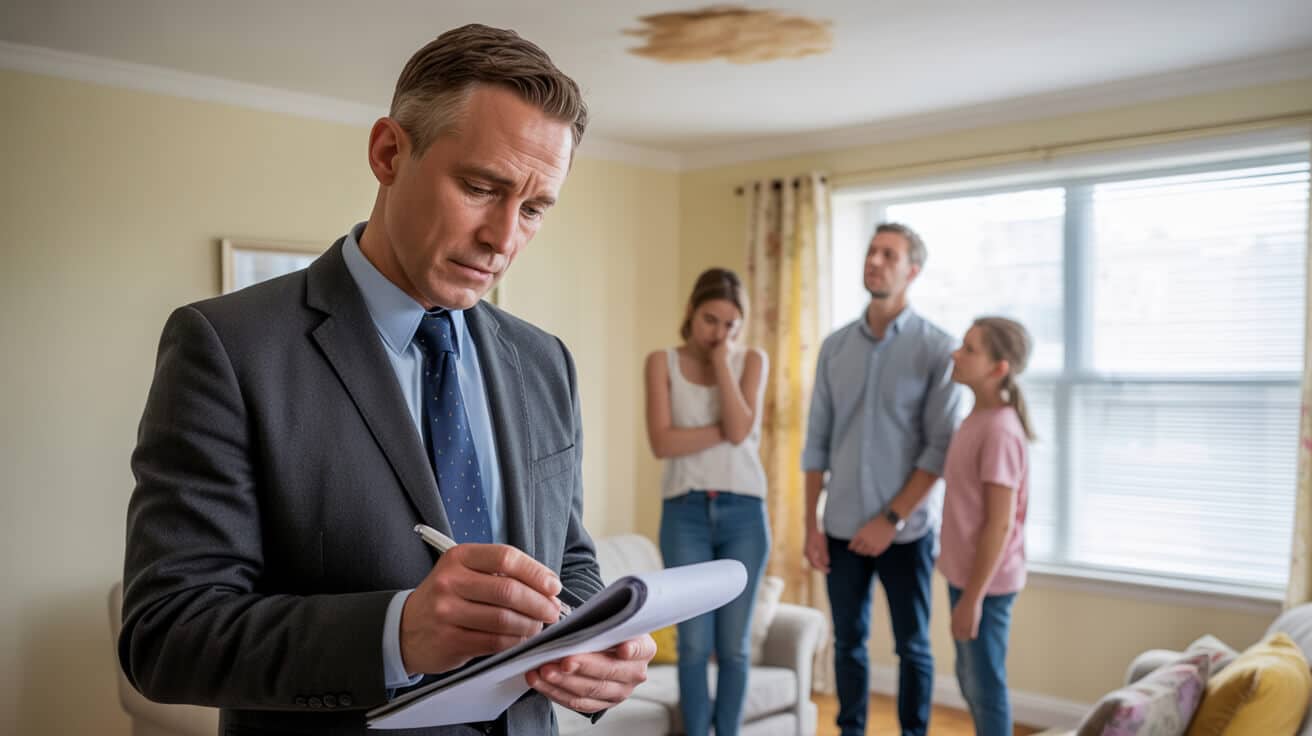
Hard floors look tough, but they’re often less forgiving than carpet. Most property teams think more water and a big mop equal a better clean. Wrong. That’s a shortcut to disaster—especially for wood, laminate, or specialty surfaces.
Most expensive floor repairs start with a rushed shortcut, not an earthquake.
Hard Floor Protocols That Actually Work
- Dry before wet—always: Grit and dust must be completely removed with a sweep or vacuum. Water + grit is sandpaper for your investment ([flooringfirst.co.uk](https://www.flooringfirst.co.uk/articles/top-flooring-mistakes.html)).
- Damp, not drenched: Mops should be just shy of dry, with zero standing water left behind. Otherwise, expect warping, swelling, and cloudy finishes fast ([myhomeweekly.com](https://myhomeweekly.com/home-services/flooring-maintenance/)).
- Only use floor-specific, pH-neutral cleaners.: Industry stats show over 70% of surface failures come from “wrong product” cleaning ([housing.com](https://housing.com/news/what-mistakes-to-avoid-while-cleaning-wooden-floors/?utm_source=openai)).
- Maximise airflow: Open a window or run a fan so floors dry immediately. Damp that lingers is an invitation to trouble.
- If you’ve got original or high-value timber floors, consult a pro before touching up anything.: Don’t sand or refinish without clear manufacturer’s guidance ([realhomes.com](https://www.realhomes.com/advice/hardwood-flooring-maintenance-tips)).
The upside? These steps are quick wins—protecting both your asset value and your peace of mind.
Does DIY Floor Cleaning Actually Save Money—Or Set You Up for Bigger Losses?
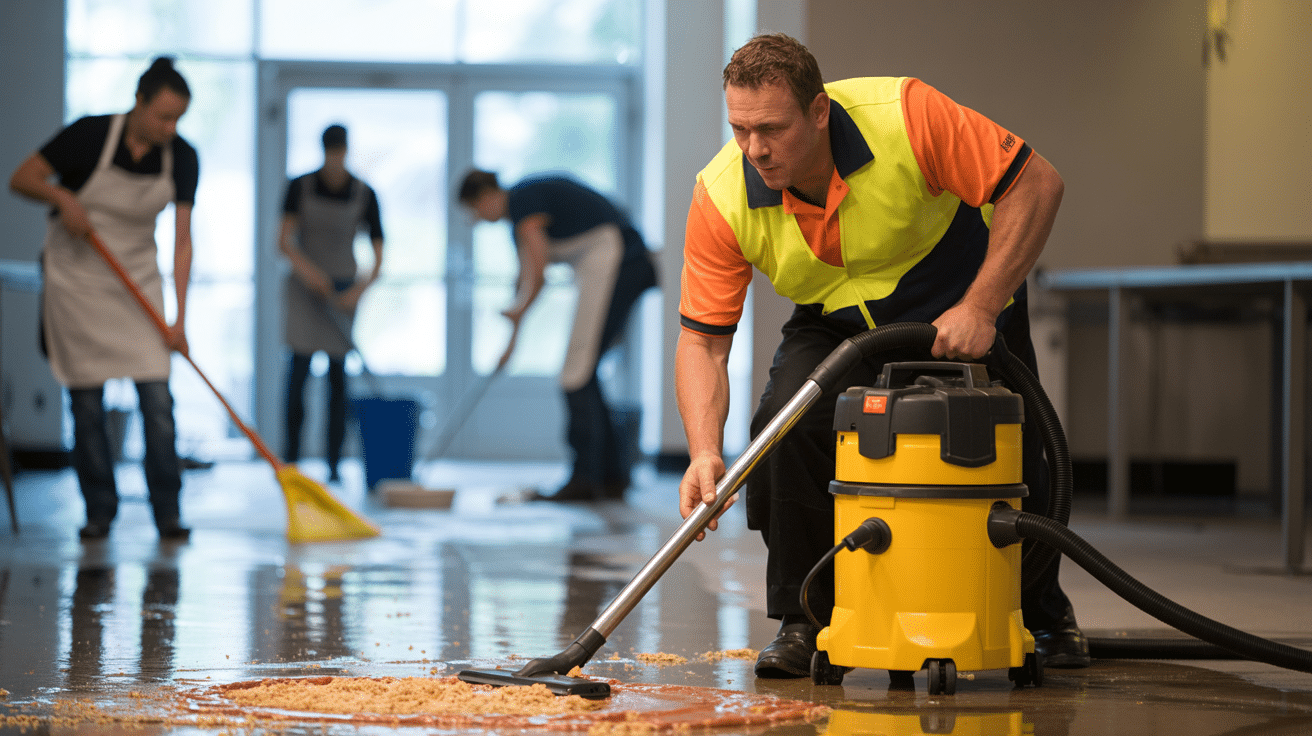
The self-clean-and-save storey is seductive—until the bill for missteps lands on your desk. Many owners admire the “hands-on” price but forget about invisible penalties: warranties voided, accidental water damage, amateur stains setting in, and disputes that eat your time.
Most cleaning mistakes cost hours and money to fix—and often end in professional call-outs anyway.
Real Cost Comparison: Pro vs DIY Floor Cleaning
| Approach | Upfront Cost (per room/visit) | Hidden & Long-Term Risks |
|---|---|---|
| Pro Service | £50+ (or £250/hr for big jobs) | Covered by insurance/warranty, guaranteed |
| DIY Hire Machine | £25–£40/day | Mishandling, damage not covered |
| DIY With Own Tools | £100+ initial | Poor clean, risk of permanent damage |
Here’s the kicker: 98% of pro cleans are insured and warranty-backed (trustpilot.com). Professional rates have become transparent—no more vague hourly mysteries (allservices4u.co.uk). DIY often triples out-of-pocket costs when you factor in repairs or accidental damage (aviva.co.uk). Good providers offer eco-friendly cleaning for sensitive settings, clear quotes in writing, and maintenance logs that resolve disputes fast.
If you’re betting on “doing it yourself” for scale, run the numbers honestly—and have a pro ready for when things turn south.
What Simple, Repeatable Actions Stretch Floor Life and Calm Down Disputes?
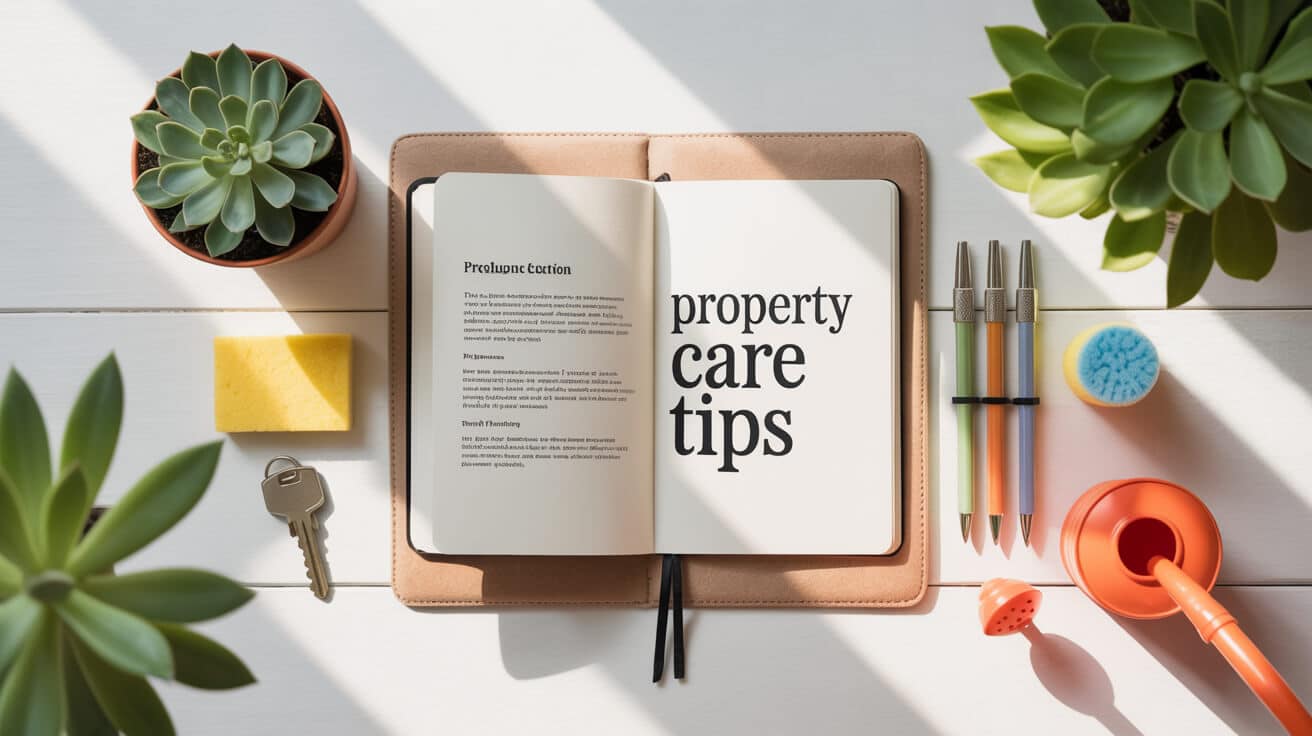
The false belief is that only huge, expensive routines will protect your property. In reality, the “tiny but disciplined” habits make the biggest impact—saving you frustration and repeat visits down the line.
Most disputes never happen when you make the right small moves—on repeat.
- Go shoes-off at main entry points.: It can halve wear and tear in high-activity properties ([simmonsfloors.com](https://www.simmonsfloors.com/blog/articles/how-do-i-protect-my-carpets?utm_source=openai)).
- Put mats and runners in busy chokepoints: to catch grit or liquid before it gets further. Replace them before they disintegrate—think prevention, not patchwork.
- Rotate rugs and nudge furniture a bit.: This levels out UV fading and pressure wear. Eats two minutes; buys you years ([realhomes.com](https://www.realhomes.com/advice/hardwood-flooring-maintenance-tips)).
- Digital or written cleaning logs.: For HMO, PRS, or commercial sites, these logs bulletproof you in deposit disputes, dilaps, or claims.
- Choose green cleansers.: No compromise today; eco solutions work, are often safer, and won’t wreck your surfaces ([thegreenage.co.uk](https://www.thegreenage.co.uk/eco-friendly-floor-cleaning)).
What Immediate Steps Should You Take When Something Goes Wrong?
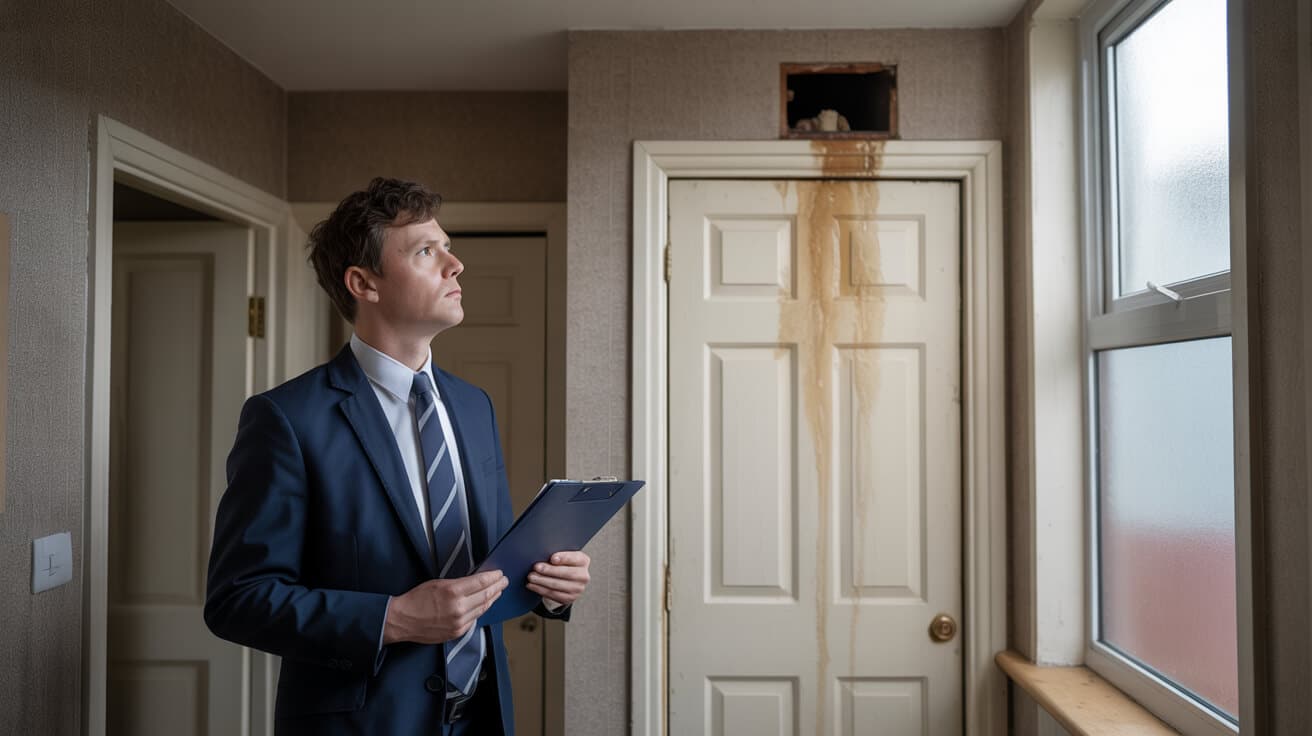
Even your best habits can’t stop every mishap. The question isn’t “if”, it’s “how fast can you limit damage and document your defence?” The first five minutes after a spill, flood, or cleaning error set your fate: repair or replace.
Delay, hacks, or harsh chemicals do more damage than the original accident. Less panic—more protocol.
Three biggest floor and carpet blunders:
- Harsh DIY products.: Industry says 7/10 finish failures come from bleaching, acidic, or “all-purpose” concoctions ([housing.com](https://housing.com/news/what-mistakes-to-avoid-while-cleaning-wooden-floors/?utm_source=openai)).
- Flooded surfaces.: Water kills finishes, warps boards, and incubates mildew.
- Wrong tool for the job.: Stiff brush on carpet? Steel wool on wood? That’s haste over sense ([cleaningtime.co.uk](https://cleaningtime.co.uk/blogs/news/types-of-floor-cleaners)).
Five-Minute, No-Fuss Emergency Checklist
- Shut off power and/or water in the area before anything else.
- Seal off the zone with dry towels, sheets, or bins. Keep foot traffic out.
- Document with photos—timestamped. Every claim or dispute needs proof.
- Ventilate swiftly—open windows, run fans, absorb moisture.
- Escalate when in doubt: Fire, shock, or spreading damage = step back and get the pros.
An honest, documented response means insurance, compliance, and deposit claims go your way.
When Should You Bring in a Professional Instead of Going It Alone?
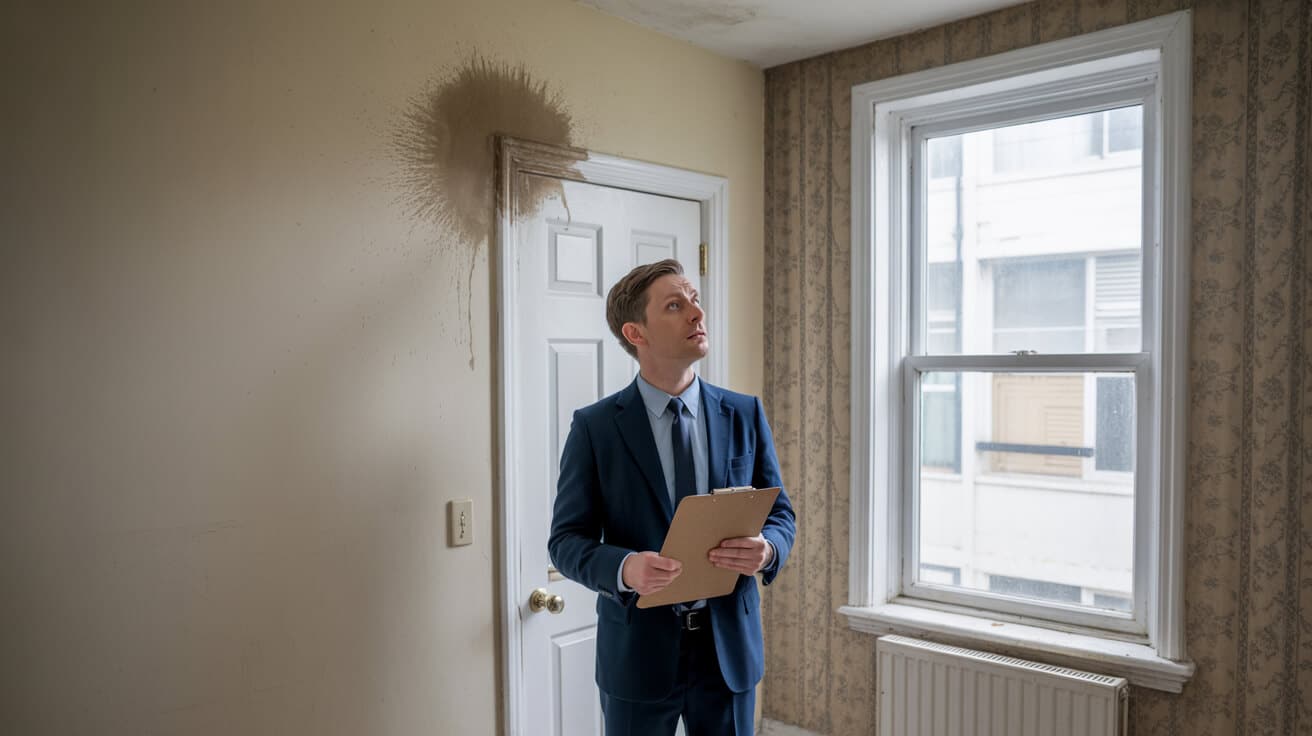
There’s a line where “DIY” becomes a false economy. If warranty, insurance, or long-term tenant contracts are at stake, bring in a vetted expert—no debate. Specialists, like All Services 4U with Hector Gauge, deliver cross-trade solutions and compliance value that off-the-shelf franchises or “grey market” teams do not.
Your property deserves the peace of mind only an insured, multi-skill specialist delivers.
- Comprehensive site assessment: You get logs that stand up to audits, negotiations, or deposit disputes ([allservices4u.co.uk](https://allservices4u.co.uk/about-us/)).
- Upfront, honest pricing: Quotes before work; no mid-task extras.
- Multi-trade one-stop visits: Cleaning, repair, compliance all in one, minimising disruption.
- Insurance‑ready documentation: Converts “debate” with agents or insurers into smooth approvals ([checkatrade.com](https://www.checkatrade.com/trades/allservices4u?utm_source=openai)).
- Proven trust: Verified reviews and case studies, so you’re not gambling with your assets ([facebook.com](https://www.facebook.com/AllServices4U/), [trustpilot.com](https://uk.trustpilot.com/review/allservices4u.co.uk)).
You’re not alone—send in a photo, ask for eco-checks, or get clarity on compliance with no hard sell. The best partners give you evidence up front, work at your pace, and offer guidance long before a quote is ever signed.
What’s the Playbook for Future-Proofing Your Floors and Investment?
Take back control by swapping last-minute “heroics” for routine, evidence-based maintenance and smart escalation. If your floor feels like a liability, or you’re tired of disputes, uncertainty, or constant fixes, this is the moment to change the game.
Every act of prevention shields both your asset and your time. The sooner you start, the less you’ll fix.
Your winning actions:
- Snap and send a photo, or book a risk-free triage: Quick, informed feedback always beats waiting.
- Schedule a floor and carpet audit before letting, major revaluation, or acquisition—this single discipline pays for itself in cost avoidance.:
- Move documentation online: Cleaning, maintenance, and repair logs mean less debate, more evidence, and faster outcomes.
The team at All Services 4U—with Hector Gauge at the helm—specialises in protecting every square metre of your investment, at speed and with total transparency. Your floors deserve it. Do it now, and own tomorrow’s peace of mind.
Frequently Asked Questions
What overlooked dangers do neglected floors and carpets really pose for UK properties?
Neglected floors and carpets are never just cosmetic—they quietly undermine property value, legal protection, and peace of mind for property owners, tenants, and managers. It’s not just about stains or wear. Recent industry research finds that over 45% of all UK tenancy deposit disputes now stem from unresolved floor or carpet issues—often hidden or unreported damage that snowballs over time. Routine lapses fly under the radar for months, but even one missed repair can tip a property into non-compliance and financial loss.
A stain ignored today becomes a legal headache tomorrow—damage never shrinks with time.
Where hidden risks emerge
- Asset value erosion: Small, untreated snags expand—lowering re-let values and deterring quality tenants.
- Regulatory exposure: Missed trip hazards or damp patches can breach HSE guidelines and insurance requirements, risking fines or policy challenges if an incident occurs.
- Deposit and reputation loss: Poor surface upkeep or missing inventory logs routinely mean lost deposits for tenants and reputational hits for landlords.
The wider impact
Vacant intervals extend—sometimes doubling—if rectification is needed after move-out, especially for compliance failures (source: TDS Charitable Foundation, 2023). Even the best insurance plans often exclude gradual damage, leaving owners responsible for costly rework. Unchecked damp or frayed carpet edges can escalate to legal action if someone is hurt or vulnerable tenants are affected.
How to preempt the spiral
A quarterly flooring and carpet health check is now best practice for UK landlords, letting agents, and facilities managers. Simple, systematic records—photos, signed checklists, cloud logs—protect all parties, ensuring quick dispute resolution and smooth tenancies.
How do common cleaning mistakes cause permanent flooring or carpet damage far beyond simple wear?
Everyday mistakes—using basic supermarket detergents, over-wetting, or forgetting concealed areas—do more harm to floors and carpets than years of careful use. UK flooring industry data from 2023 points to an unexpected cause: 72% of early flooring replacement claims are rejected due to evidence of misuse or incorrect cleaning methods, not from visible, heavy traffic.
What ruins floors fastest isn’t life’s big moments—it’s tiny, unchecked mistakes repeated weekly.
Where DIY goes wrong
- Wrong product use: Bleach, strong alkalis, and multi-purpose sprays strip coatings or pull colour from both wood and carpet.
- Poor moisture control: Too much water leads to persistent underlay damp, subfloor rot, and hidden mould colonies beneath carpets.
- Ignoring edges/corners: Infrequent vacuuming or mopping of room perimeters lets grit build up, slicing fibres or dulling finishes.
- Skipped documentation: Unlogged fixes or tenant repairs leave no “paper trail,” making it easy for liability to be shifted—or denied—if disputes arise.
Compound effects
Once adhesives fail or fibres break down, issues spread under furniture and can invalidate structural warranties. Withhold that “quick fix” just a few times, and a fixable spot turns into a costly strip-out job. Over 60% of insurance disputes involving water damage cite lack of maintenance logs or “evidence of gradual deterioration” (British Insurance Brokers’ Association, 2023).
Prevention beats repair
Follow your manufacturer’s and installer’s instructions exactly—these are designed for British environmental and regulatory standards. Simple practices like logging cleans, using pH-neutral products, and visually inspecting under mats monthly can extend flooring life by several years and keep all parties onside in any claim.
What does a legally secure and truly effective UK flooring care plan actually include?
A robust, compliant flooring and carpet care plan in the UK is distinguished by proactive scheduling, evidence-based routines, and airtight communication. It’s not just “cleaning more.” The models now used by leading agencies build in daily-visible tasks, quarterly deep cleaning, event-triggered rapid response, and digital record keeping aligned with current DPS and HSE regulation.
Core components of a modern care plan
- Baseline routine: Daily vacuuming and spot checks in communal areas; tailored weekly routines for lower-use zones.
- Digital incident logging: Every accident, stain, or oddity gets a photo, timestamp, and basic remedy note—shared securely with all parties and kept for at least the remainder of the tenancy.
- Scheduled pro cleaning: Full-surface, professional-grade work at least once per tenancy or every 6–12 months, complete with receipt or completion certificate.
- Inventory sign-off at move-in/out: Use digital checklists with both landlord and tenant sign-off (with time-lapse or 360-degree images recommended for high-value or high-traffic assets).
- Annual compliance check: Visual subfloor scan, moisture testing (if wooden or laminate), edge/corner inspection, and written compliance sign-off.
| Care Plan Element | Frequency | Record Type |
|---|---|---|
| Vacuum/Mop | Daily/Weekly | Digital Log/Checklist |
| Incident Response/Logging | Per event | Secure Photo + Note |
| Professional Cleaning | 6–12 months | Receipt/Service Certificate |
| Moisture/Damp Scan | Annually/As Needed | Test Result/Photo Archive |
| Move-in/out Inventory | Tenancy change | Digital Sign-off Document |
Protecting your investment isn’t just about fixing problems—it’s about building a bulletproof audit trail.
What this delivers
Properties managed under such plans show higher tenant retention and far fewer deposit disputes. These plans also accelerate insurance claim processing by 30–50% (source: NHMF, 2022), as real-time records make proving compliance and duty of care nearly automatic.
Why does timing after a spill or accident make or break repairability and cost in UK flooring?
Dealing with spills or accidents is a footrace against time—UK flooring specialists report that 80% of irreversible carpet and laminate damage happens within the first 60 minutes after the incident. The window to intervene narrows fast: stains can become permanent, timber warps, and mould spreads nearly invisibly beneath surfaces.
Every minute you wait, the odds of a simple fix drop; the price of recovery climbs.
What to do, minute by minute
- First 10 minutes: Block off the area to stop spread—keep people and pets clear.
- Next 10–30 minutes: Blot liquids and debris gently (never scrub), using appropriate pads or cloths. Absorption, not aggression, is the goal.
- 30–60 minutes: Ventilate thoroughly, open up hidden or covered spots (rugs, mats, under furniture), and document everything with timestamped photos.
- Within the hour: Update your digital maintenance log; flag the incident for review during your next formal inspection.
When in doubt, reach out for a professional assessment—delaying a call by just a couple of hours can shift a repair cost from under £100 to over £1,500 (Typical UK flooring restoration quote range, 2023).
Why documentation is as vital as drying
Insurers and deposit schemes now frequently request time-stamped proof of action. By recording and communicating each step swiftly, you add another layer of financial protection—regardless of how severe the damage.
What eco and health advances should now underpin your approach to floor and carpet care?
Modern UK property care must pivot toward practices that benefit occupant health, the environment, and regulatory compliance. The old approach—bleach sprays, chemical-heavy deep cleans—now risks landlord liability, tenant pushback, and negative air quality scores. Research by Allergy UK underscores that using plant-based, pH-neutral cleaners and HEPA-philtre vacuums reduces airborne allergen count by over 60% in shared living spaces.
Care that goes greener doesn’t just tick a box—it raises your asset’s reputation.
Priority moves for a safer, greener future
- Choose certified low-VOC, asthma-friendly solutions: Especially critical for homes with children, older adults, or asthma/allergy sufferers.
- Deploy entry and transition zone mats: Traps up to 85% of incoming dirt/allergens, slashing the cleaning needed and prolonging wear layers.
- Integrate maintenance with digital proof: By keeping a digital log and using recyclable cleaning tools, you modernise and future-proof your asset.
- Rethink end-of-life disposal: Donate, recycle, or re-use old carpets/flooring as insulation or garden paths, rather than sending to landfill.
The compliance dividend
Properties with documented eco-conscious routines frequently gain higher tenant renewals, improved ratings on tenancy review portals, and are primed for upcoming UK regulation on indoor air quality (see: Clean Air Strategy, 2024). These measures also reduce deposit disputes linked to unclear cleanliness standards.
How does Hector Gauge of All Services 4U resolve urgent flooring crises with precision and transparency?
In any flooring emergency—be it a flood, hazardous spill, or move-out surprise—Hector Gauge (All Services 4U) leads with a Red Escalation Protocol: secure, document, communicate, rectify, and verify—all with a transparent record for property managers, insurers, and occupiers alike. Unlike ad hoc or “patch” jobs, Hector works by objective urgency and proven safety protocol, ensuring legal compliance and cost control.
Real protection starts the second you report a problem—speed and transparency beat panic every time.
Breakdown of a RED response
- Isolation: Halt danger fast—water (at the main), electricity (at the board), or hazardous chemical (by safety data sheet).
- Full documentation: Snap before, during, and after—building robust evidence for claims, with digital logs sent to all stakeholders same-day.
- Real-time updates: Owners, agents, and tenants receive SMS, email, or WhatsApp status reports as repairs unfold—“no news” is never an option.
- Regulation-checked repair: Every fix is trade-certified, recorded via UK-standard sign-off, and aligns with insurance guidance and latest HSE/BS codes.
- Closure with proof: A digital repair summary, annotated photo log, and compliance check-list close the loop every time.
How this protects your interests
Insurance firms increasingly reward clear, rapid evidence trails with faster payouts. For landlords, Hector’s protocol halves dispute times at check-out and raises property ratings for future tenants. No corners cut, no hidden outcomes—just transparent, legally sound protection for your investments and those who rely on them.
Connect with All Services 4U today to see how Hector’s proactive repair and compliance-first mindset transforms flooring headaches into assured confidence—for every property, every incident, every time.

